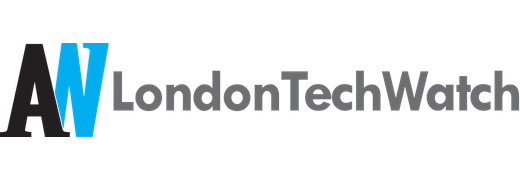If you want people to invest in your idea, then my best advice is to write a business plan first, and keep it simple. Don’t confuse your business plan with a doctoral thesis or the back of a napkin. Keep the wording and formatting straightforward, and keep the plan short. For minimum content, see my original article: “These 10 Key Elements Make a Business Plan Fundable.”
The overriding principle is that your business plan must be easy to read. This means writing at the level of an average newspaper story (about eighth-grade level). Understand that people will skim your plan, and even try to read it while talking on the phone or going through their e-mail.
But don’t confuse simple wording and formats with simple thinking. You’re keeping it simple so you can get your point across quickly and effectively to team members and investors. With that in mind, here are some specifics that bear repeating, updated from a classic article on simple plans by Tim Berry:
- Keep the plan short. You can cover everything you need to convey in 20 pages of text. If necessary, create a separate white paper for other details and reports. The one-page Oprah plan is a good executive summary, but it’s not enough to get the investment.
- Polish the overall look and feel. Aside from the wording, you also want the physical look of your text to be inviting. Stick to two fonts in a standard text editor, like Microsoft Word. The fonts you use should be common sans-serif fonts, such as Arial, Tahoma, or Verdana, 10 to 12 points.
- Don’t use long, complicated sentences. Short sentences are the best, because they read faster, and reader comprehension is higher in all audiences.
- Avoid buzzwords, jargon, and acronyms. You may know that NIH means “not invented here”, and KISS stands for “keep it simple, stupid,” but don’t assume anybody else does.
- Simple, straightforward language. Stick with the simpler words and phrases, like “use” instead of “utilize”, and “then” instead of “at that point in time.”
- Bullet points are good. They help organize and prioritize multiple elements of a concept or plan. But avoid cryptic bullet points. Flesh them out with brief explanations where explanations are needed. Unexplained bullet points usually result in questions.
- Don’t overwhelm the plan with too many graphics and flashy colors. Pictures and diagrams can effectively illustrate a point, but too many come across as clutter.
- Use page breaks to separate sections. Also use them to separate charts from text, and to highlight tables. When in doubt, go to the next page. Nobody worries about having to turn to the next page.
- Use white space liberally, as well as spell-checker, and proofread. Include one-inch margins all around. Always use your spell-checker. Then, proofread your text carefully to be sure you’re not using a properly spelled incorrect word.
- Include table of contents. No investor likes searching every page for key data, like executive credentials, or an exit strategy. Most word processors these days can automatically generate a table of contents from your section headings. Use it.
Investors hear from too many entrepreneurs that envision a great business opportunity, but don’t have any written business plan. They think they can talk their way to a deal. It won’t work. On the other end of this spectrum are entrepreneurs who present long product specifications with a few financials at the end. This is a failing strategy as well.
If you’re not the type who can connect with people based on a simple message, told succinctly, then hire someone who can. In fact, simplicity and readability are one of the most effective strategies for selling even the most complex proposal. A business plan that is easily understood and looks professional is already half sold. Simple is not stupid.




